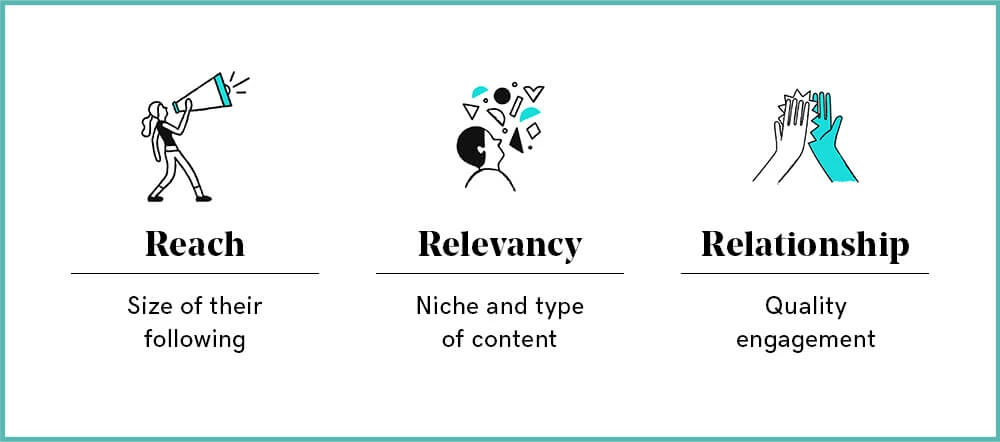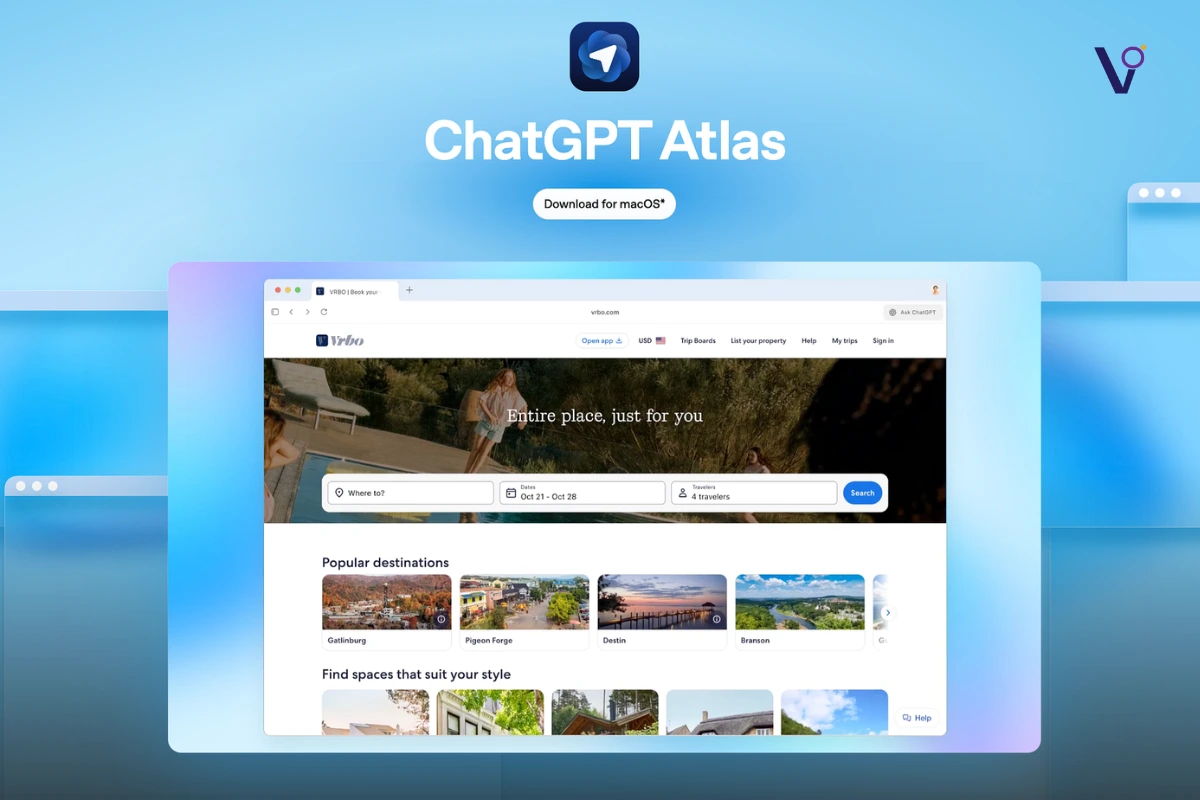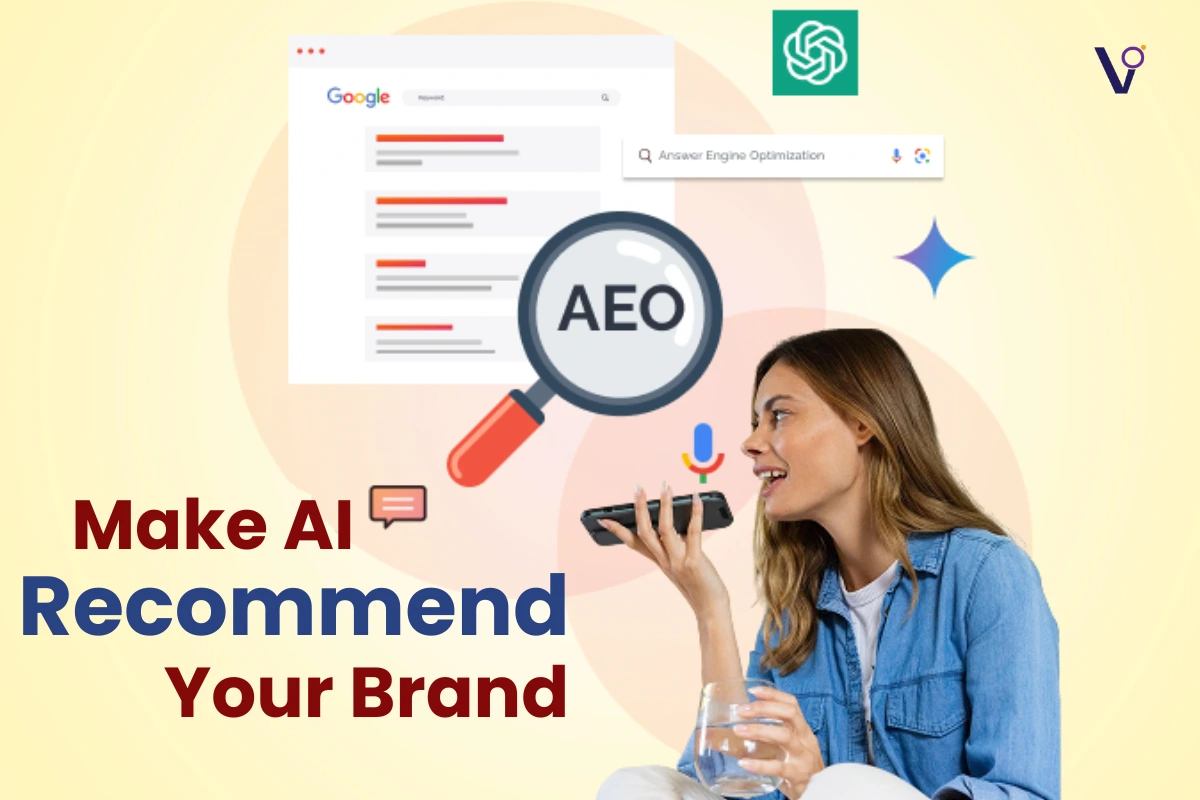Influencers have emerged as digital marketing’s cornerstone for brand growth, and Gretta Van Riel – an incredibly successful serial entrepreneur—is an example of how leveraging influencers can result in huge success. From her SkinnyMe Tea beginnings to today’s tasks of managing thousands of influencer collaborations, Gretta’s journey is a treasure chest of insights for businesses looking to tap into the power of this groundbreaking marketing channel.
How influencer marketing in e-commerce can help
Gretta van Riel‘s leap into influencer marketing was almost accidental. In 2012, when SkinnyMe Tea came into existence, she suddenly witnessed a huge surge in sales after a young, small influencer from Tasmania posted about her product. She only had 1,000 followers. That unexpected outcome gave Gretta an idea: why not send her products to even more influencers in the target demographic? This experiment became a strategy that laid the groundwork for her brands’ success and marked the beginning of a marketing revolution.
Fast-forward to today, Gretta and her brands have worked with over 10,000 influencers and have managed many more influencer partnerships for her clients. Her journey underlines the transition of influencer marketing from a simple strategy to a sophisticated, data-driven art.
Insights from Gretta’s Approach
1. The Three R’s: Reach, Relevance, and Relationship
These three factors of reach, relevance, and relationship remain crucial while choosing the right influencers, says Gretta.
- Reach: How wide is the reach of the influencer through their content?
- Relevance: Is your brand’s niche, value, and target audience aligned with the influencer?
- Relationship: Building genuine relationships typically results in better collaborations and possible long-term partnerships with the same influencers.
Even though reach and relevance are essential, Gretta values relationships. She states that influencers, especially smaller ones, are more willing to collaborate with startups and empathize with their stories.

2. Gift vs. Paid
Gretta has revealed that there are two ways that can be used to collaborate with influencers:
- Gifting campaigns are perfect for new businesses, with product sends going towards the influencers in lieu of posts or reviews. Gifting can be volume-based; a call to 100 influencers may garner only 10 returns, but it could work.
- Paid Campaigns: These include forms of payouts and work well with influencers who have collaborated in the past and were successful in gifting campaigns.
3. Number Game and Brevity in Outreach
Outreach is crucial in influencer marketing in e-commerce, and simplicity is key. Gretta’s recommended outreach message is concise:
“Hi, we’d love to send you [product]. Let us know if you’re interested!”
This approach respects the influencer’s time and makes the proposal straightforward.
4. The Role of a Polished Instagram Feed
Do not compromise on a good Instagram feed. A brand’s visually appealing profile will attract more influencers to collaborate with the same aesthetic. A nice first impression is what can break or make a potential partnership.
How to Begin with influencer marketing in e-commerce
1. Establish your Brand’s Social Foundation
Before reaching out to influencers, make sure your Instagram or other social media accounts are well-curated. Post high-quality images with a consistent aesthetic and overt value in your product.
2. Create a List of Influencers
Utilize features like Instagram’s “Suggested Accounts” feature to find relevant influencers. Use micro and nano-influencers for the best ROI.
3. Create a Blank Instagram Account for Tracking
Gretta advises creating a personal Instagram account for following influencers during the outreach process. This way, you won’t need spreadsheets to monitor who you’ve sent it to.
4. Outreach Made Easy
Keep your first message short and compelling. It is usually wrong to dump all the details that others might need at once. You may only provide instructions once they show interest.
5. Utilize Gifting Campaigns for Testing
Begin by shipping merchandise to a small group of influencers, perhaps 30-50, and keep an eye on the performance. Watch where some influencers are driving the most engagement or conversions and look to re-engage with them in a paid capacity.
6. Use Google Forms for Campaign Management
Streamline the collaboration process by asking influencers to fill out a form with their preferences, including the type of products they would like and shipping details. Add some campaign terms to the list, such as posting deadlines and exclusivity clauses, to clearly set expectations.
Advanced Strategies for influencer marketing in e-commerce
- Focus on Niche Markets
Identifying influencers from specific niches (such as moms for parenting products or gamers for tech gadgets) can help brands reach very engaged audiences. - Analyze Engagement Metrics
You should also shy away from those influencers showing suspiciously consistent engagement metrics—they must belong to “pods” artificially inflating engagement. Look for influencers with organic, varied interaction rates. - Tap into Instagram’s Suggested Accounts
The algorithm of Instagram provides suggestions useful based on account similarities and audience overlap. Use these insights to discover new influencers who fit your brand. - Track and Optimize Campaigns
Monitor the performance of your campaigns using tools and analytics. Watch for conversion rates, demographics of the audiences targeted, and general content performance.
Challenges Encountered and How to Recede
- Poor Response Rate
Don’t be weighed down because only a few influencers out of hundreds respond. Focus on building a high-quality list and refining your outreach message. - Misaligned Expectations
Ensure that expectations are well communicated for deliverables, timelines, and compensation. - Algorithm Changes
Stay updated on platform changes that may affect reach and engagement. Diversify your marketing strategies to reduce reliance on a single platform.
Long-Term Benefits of Influencer Marketing in e-commerce
- Content Creation
Even if influencer posts don’t convert directly, they can provide high-quality content for your brand’s advertising campaigns. - Building Authentic Connections
Influencers often act as ambassadors for brands they genuinely like, leading to long-term collaborations and brand loyalty. - Audience Trust
Audiences are more likely to believe a recommendation from influencers they are following; therefore, influencer marketing in e-commerce is an effective strategy for brand credibility.
Conclusion
Influencer marketing in e-commerce is not just about partnering with popularly known people but also about strategically planning your reach, building relationships, and tapping into authentic connections. Starting off with gifting campaigns, focusing on niche markets, and honing the outreach helps even a bootstrapping startup with little budget create impactful marketing work.
Whether you’re a budding entrepreneur or an established brand, influencer marketing can be a game-changer in today’s digital landscape. Use Gretta’s insights as a roadmap, and remember: success lies in persistence, authenticity, and a keen understanding of your audience.
If you need help with growing your social media presence so you can be the influencers of your own brand reach, put it to us today, and we will guide you!
Success lies in combining the 3 R’s (Reach, Relevance, Resonance) with compelling content, clear communication, and consistent audience engagement.
Focus on a niche, develop engaging content, collaborate with others, maintain authenticity, interact with your audience, and ensure consistency in your posts.
The best platforms depend on your goals and audience. Popular options include Instagram for visuals, YouTube for tutorials, TikTok for trends, Facebook for broader reach, and Reddit for niche communities.



